When I’m out sailing on the wide, cold waters of Puget Sound, I carry a lot of safety gear, but I’m more casual in my approach to kayaking for exercise on a slow-moving, shallow slough. A few weeks ago, I saw a couple of deadheads lurking just below the surface, and while I now steer clear of where they’re located, they got me thinking about the consequences of hitting something else hard enough to crack my kayak’s delicate mahogany hull. If the kayak took on water, it would be easy to get ashore and my safety would never be compromised, but getting back to the launch ramp overland wouldn’t be easy. I’d have a miles-long walk with a tote bag full of gear slung over one shoulder and my kayak over the other. I would spare myself a lot of misery if I could simply patch the hull and paddle back to the ramp.Jennifer, my dental hygienist, in a one-sided conversation while a suction tube, a mirror, and an ultrasonic scaler were keeping me mum, mentioned that she carries Flex Tape aboard her sea kayak. It looked promising on the web, so I bought a roll. The label said it was for “boats and yachts, canoes and kayaks” and could be applied “wet or dry…even underwater, conforms to any shape or object,” and could seal “virtually everything.” I was, however, unpleasantly surprised the first time I tried to apply a piece of it to my kayak, which I had hosed down for the test. The tape stuck in some places but not in others and didn’t flex enough to stick to sharp inside corners. I did a bit more research and found a reference guide for Flex Tape on the manufacturer’s website. It stated that the tape is “not compatible with most paints”; to that, I’d add varnish. And then, hidden inside the roll of the tape, there was a warning I found nowhere else in the manufacturer’s literature: “Tape is not intended to remove cleanly. May damage surface during attempt to remove.” That was it for me and Flex Tape. I may give the rest of the roll to Jennifer because the tape will work on her plastic kayak. While the packaging for Flex Tape makes wide-ranging claims about its abilities and applications, especially for marine uses, it didn’t take long to find out what it wasn’t able to do.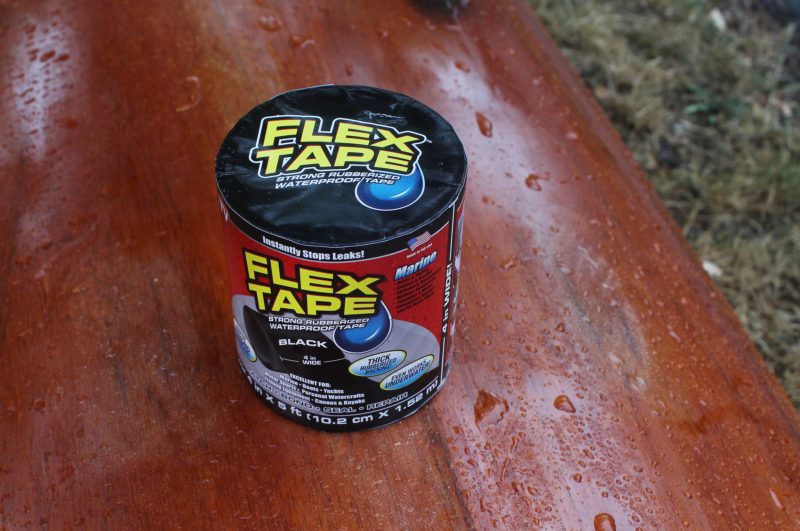 Photographs by the author
Photographs by the author
Join The Conversation
We welcome your comments about this article. If you’d like to include a photo or a video with your comment, please email the file or link.
Comments (8)
Leave a Reply
Stay On Course

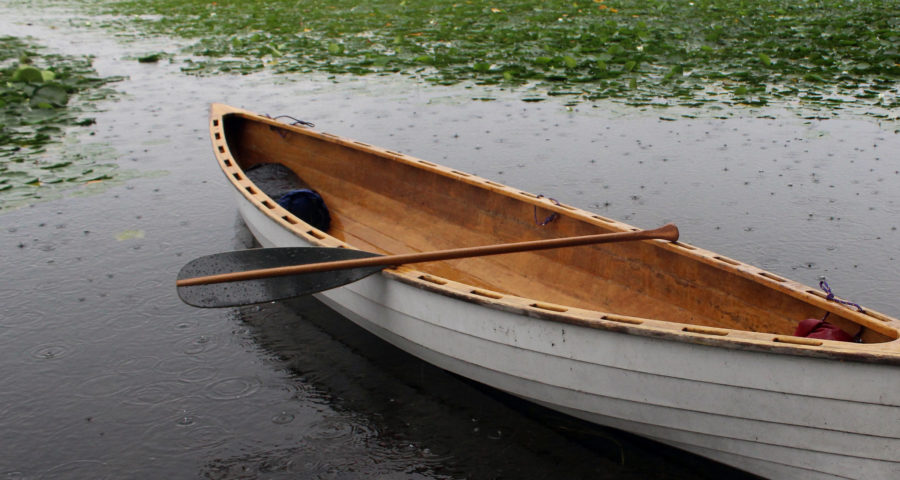
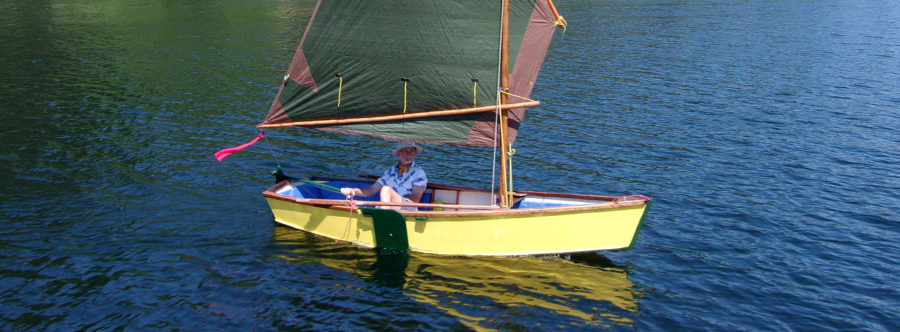

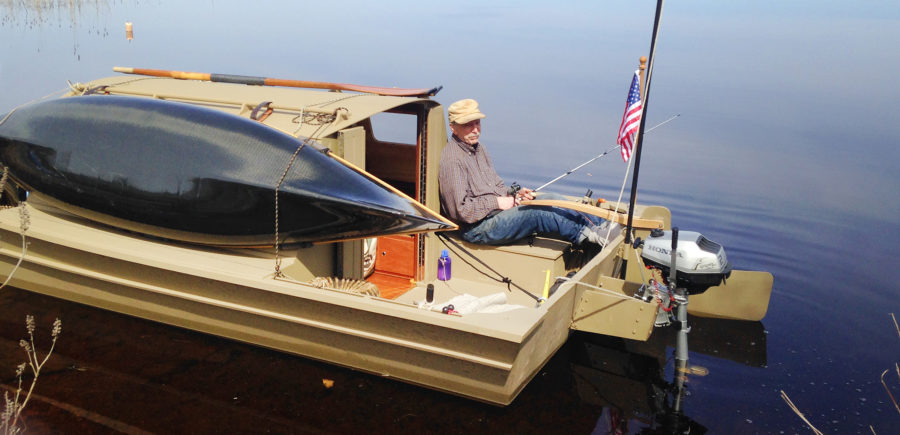
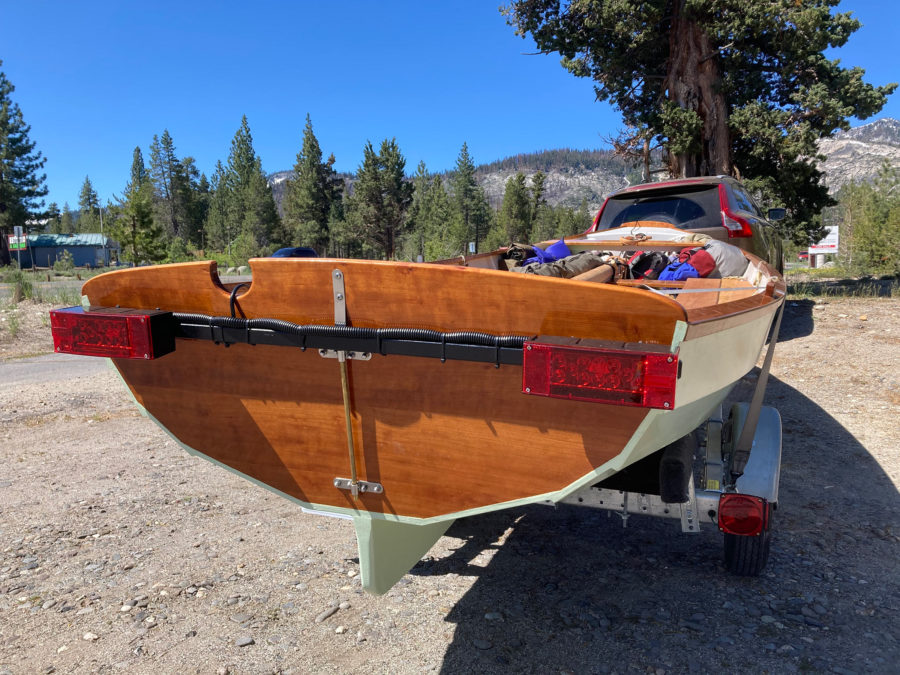
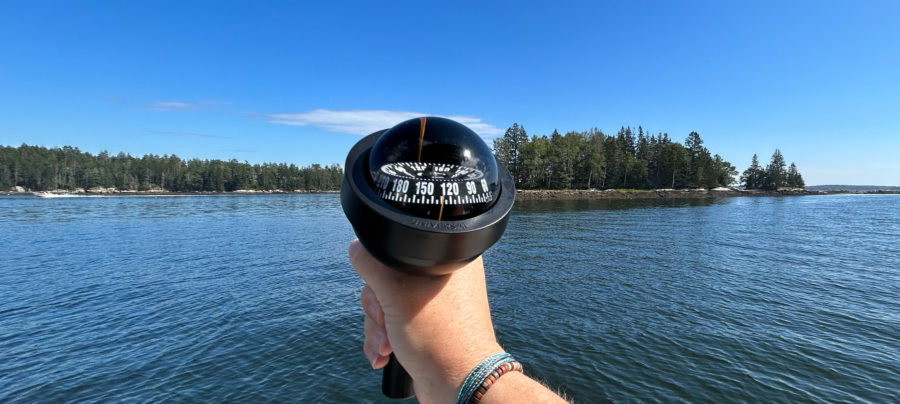
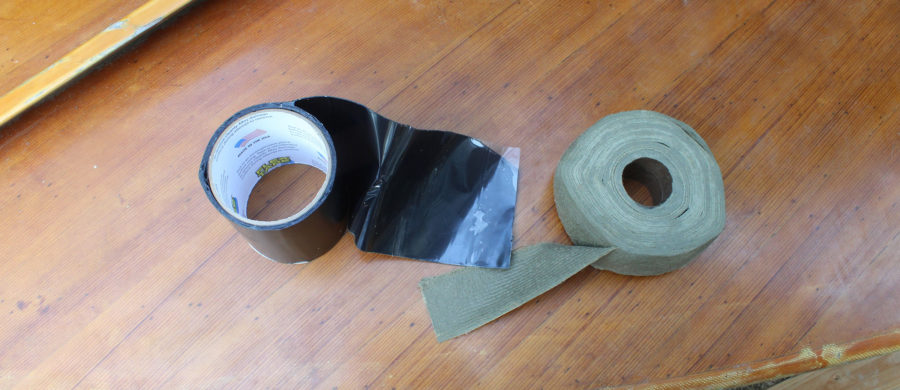

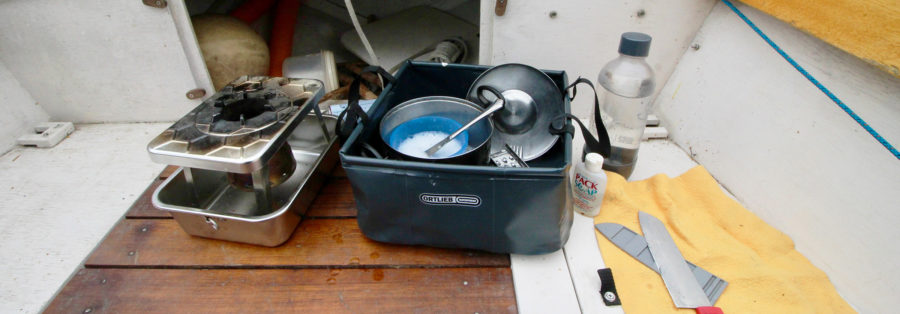
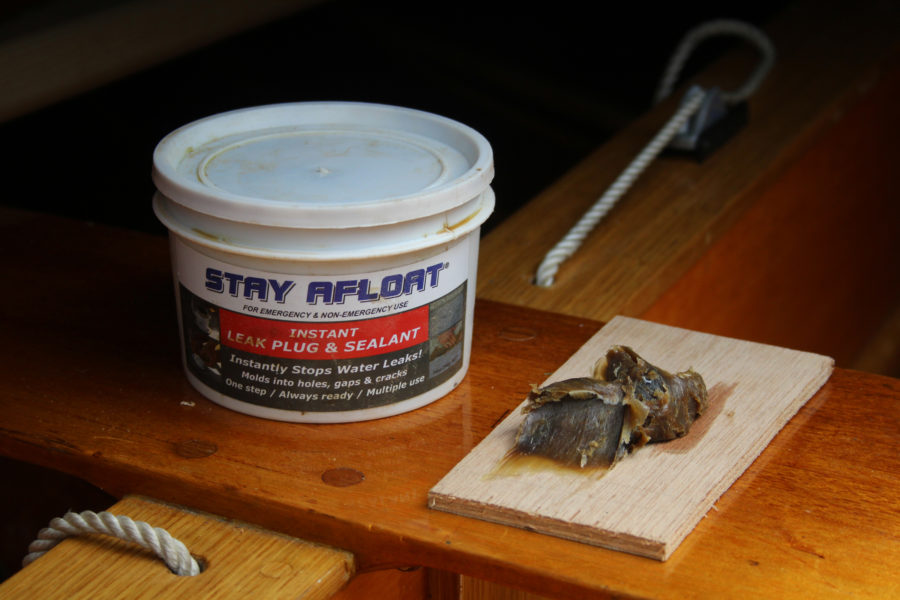
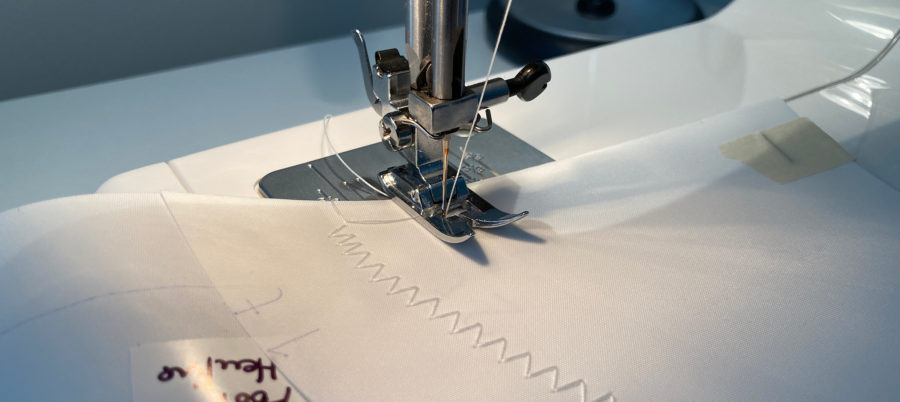
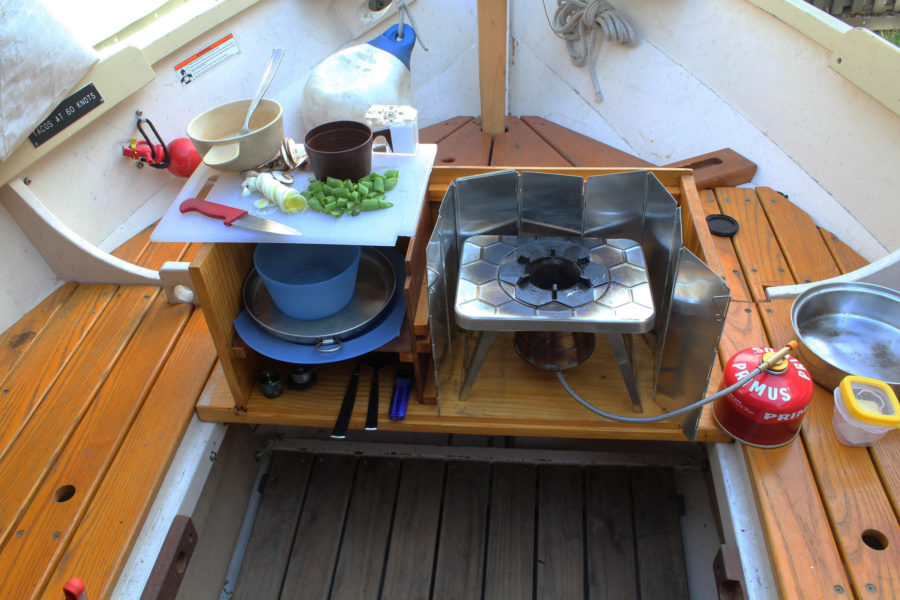
Glad to see that this is available in the States now. I bought a roll years ago in the UK. It’s still good. Used to hack off pieces and put them into baggies to give to friends, students and colleagues back when I was guiding. One friend who had vacuum-sealing gear would use it for patch tape. This reminds me that I need to check and see if I still have a patch in my paddling gear.
I bet mineral spirits would be good for removing the petrolatum residue.
This photo from the Denso packaging shows the tape installed with the inside out. This is when used for wrapping pipes for corrosion protection. Is this the method you used for sealing leaks? Note this is for Denso tape not the Densyl tape. Not sure if there’s a difference.
Thanks for the review, helpful to know the disadvantages of Flex Tape.
There is no indication that one side of the tape differs from the other. The method of application in the illustration would direct users to have the reel of tape rolling around the pipe as it unwinds instead of rotating in the opposite direction, skidding against the pipe.
I would be curious to know how these two adhesive chemistries compare to Butyl tape and Silicon tape.
What is the difference between DENSO tape and PetroWrap Anti-Corrosion Tape … also sold on AMAZON?
I’ve used both in wrapping pipe. It is a petrolatum wax. It will adhere, very mildy to most shapes, but I would not put in any kind of adhesive category. It can be massaged seal well enough to keep water out at atmospheric pressures (gravity fed water).
We’ll use it in the merchant fleet to wrap hydraulic fittings after they’re hooked up. Absolute mess if you have a sloppy deckhand do it, but it’s awesome stuff. Never thought about it for small boats. Great idea!